A Journey Through Christmas Dinners in British History
Posted by Emma on 22nd Nov 2023 Reading Time:
Families all over the UK eagerly anticipate their Christmas lunch or dinner on Christmas morning. Everyone has their cherished favourites, be it the crispy roast potatoes, fluffy Yorkshire puddings, or rich and savoury gravy. But if we were to step back by a century, or even further, to 500 or even 4,500 years ago, would a Christmas feast still look the same? Wonder no more! We're about to embark on a delightful journey through the annals of history, from prehistoric midwinter gatherings to Tudor extravaganzas fit for a king and even a glimpse into a more recent 1930s Christmas meal that may still feel somewhat familiar today.

Neolithic Festive Feasting
In the late Neolithic period, people would come together for midwinter feasts. Excavations at Durrington Walls, near Stonehenge, have unearthed a treasure trove of pig and cattle bones, suggesting a bountiful feast. Pigs were roasted on spits, while beef was transformed into hearty stews simmered in enormous pots. The discovery of crab apples, hazelnuts, sloes, and blackberries in the vicinity hints at a diverse and festive menu. These gatherings likely celebrated the midwinter solstice, coinciding closely with our modern-day Christmas festivities.
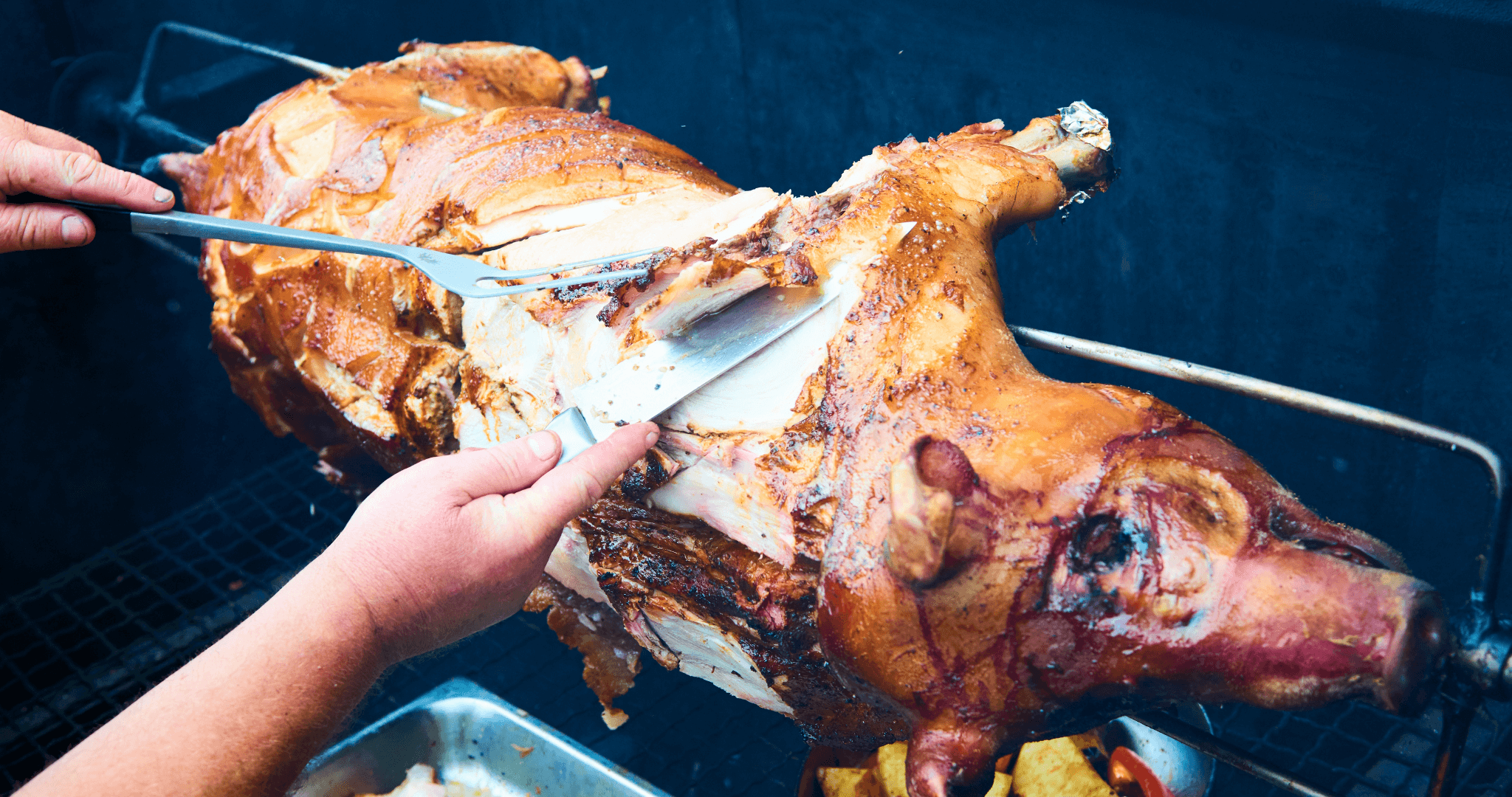
Roman Saturnalia Celebrations
The Roman festival of Saturnalia, held in honour of the god Saturn, marked a time when strict societal rules were set aside. Even enslaved people, who lived under harsh conditions for most of the year, were granted respite and allowed to revel in festivities. Gambling, colourful clothing, and even exchanging gifts, including humble writing tablets and exotic animals, were all part of this joyous tradition. The household feast was the centrepiece of Saturnalia, a time when masters would dine with their 'slaves' or even serve them personally - a practice unthinkable during the rest of the year.

A Merry Monastic Christmas
Medieval monks and nuns eagerly anticipated Christmas as a time to indulge in sumptuous fare. Their year-round diet consisted of simple, bland foods like mushy vegetable soup and coarse bread, but the week leading up to Christmas Eve brought a special allowance of spices, elevating their meals. Festive dishes included various fish preparations, pies filled with minced meat, and gravies richly flavoured. By the 14th century, roasted joints of beef, pork, and venison graced their tables, and monks at well-off monasteries could consume up to 7,000 calories a day during this period. Christmas was also a time for copious wine consumption, with extensive imports from France. Generous donations from outsiders, called "pittances," ensured that monks and nuns had a truly merry Christmas.
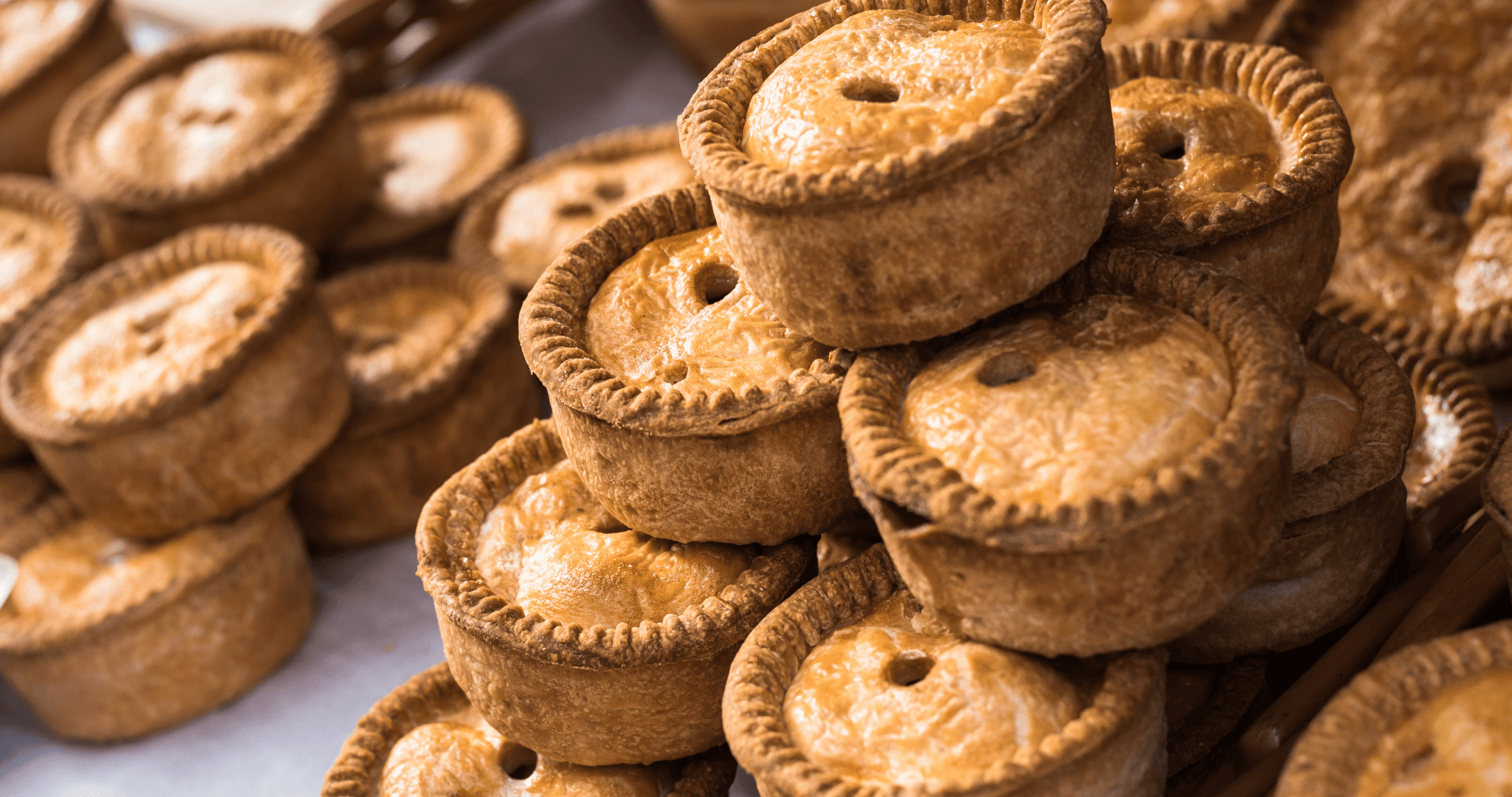
Christmas in a Castle
In medieval England, Christmas meals resembled those served on other special occasions, featuring an abundance of bread. In wealthier households, small portions of meat, fish, or pottage were placed on thick slices of bread or hollowed-out loaves known as trenchers. Extravagant feasts included whole boar's heads, spit-roasted peacocks, and an array of pies. Wine and ale, served in jugs on the table, were enjoyed by both rich and poor. Ale was the drink of choice for many, as it was less alcoholic, while wine was reserved for special occasions.
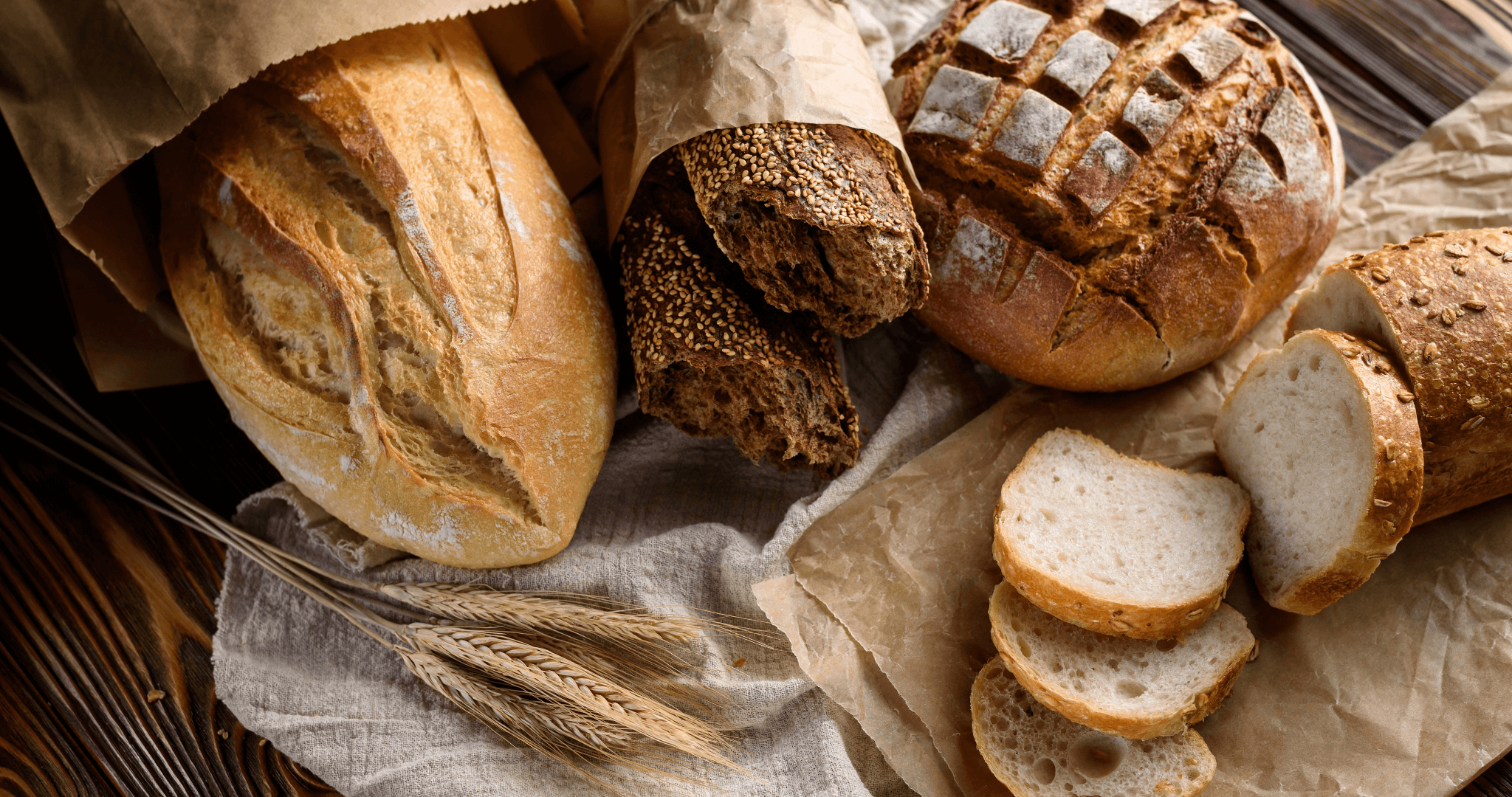
Terrific Tudor Feasts
Tudor Christmas celebrations were marked by extravagant feasts filled with meat, including traditional choices like beef, venison, and wild boar. The Tudors also embraced unconventional fare such as badger, blackbird, and woodcock. Turkeys, considered exotic delicacies, began appearing in England during this period. The boar's head took centre stage as a symbolic centrepiece, paraded into the banqueting hall with grandeur. The famous Tudor Christmas Pie featured pigeon, partridge, chicken, goose, and turkey nested within one another, all encased in a pastry "coffin." Wassailing, a tradition of toasting fruit trees for a fruitful harvest, involved a spicy punch in large wooden bowls.

Georgian Christmas Parties
Christmas was a time of extravagant dining and lavish parties for the wealthy during the Georgian era. Meat, especially beef, mutton, and venison, showcased their status, while poultry, particularly goose, accompanied the grand feasts. Turtle soup, fish, brawn, mince pies, plum pudding, and frumenty (a rich porridge) were all favourites. Many dishes were prepared in advance, including boiled puddings made a week ahead. Mince pies and Christmas pudding, featuring dried fruit, spices, and sugar, appeared alongside the roast meats. Wassail punch, akin to modern mulled wine, was a popular drink.
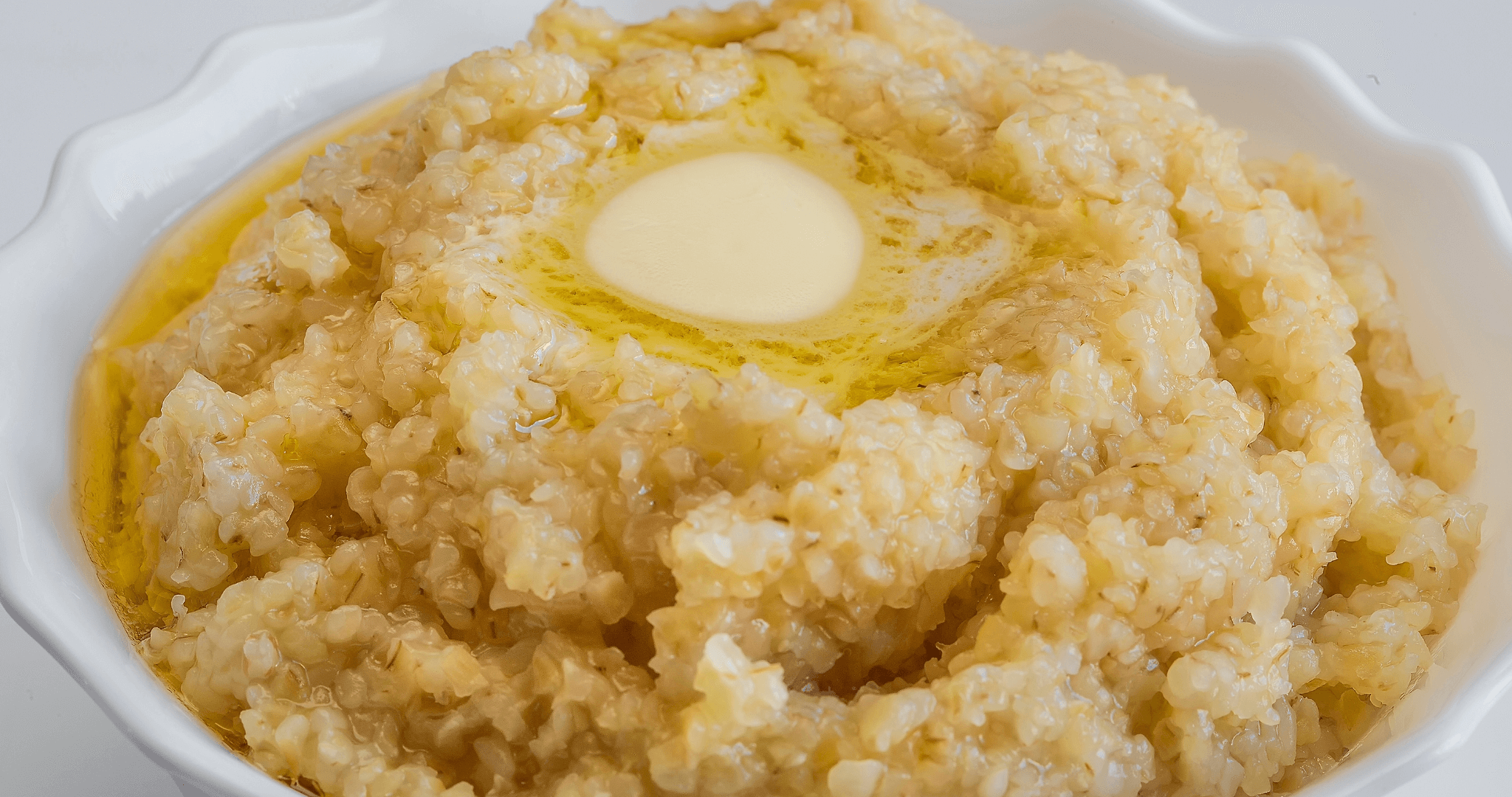
A Very Victorian Christmas
In the Victorian era, Christmas dinners showcased a mix of old and new traditions. Roast meats, such as beef, mutton, turkey, and venison, remained staples, with goose being a common choice for many families. Vegetables, including potatoes, sprouts, cabbage, parsnips, and carrots, played a significant role in these meals. Twelfth Night cake, Christmas pudding, mince pies, and wassail punch were cherished desserts. Gingerbread, figgy pudding, sugar plums, and Nesselrode pudding, a chestnut-based ice pudding, were also enjoyed. Brandy and mulled wine accompanied these delightful offerings.
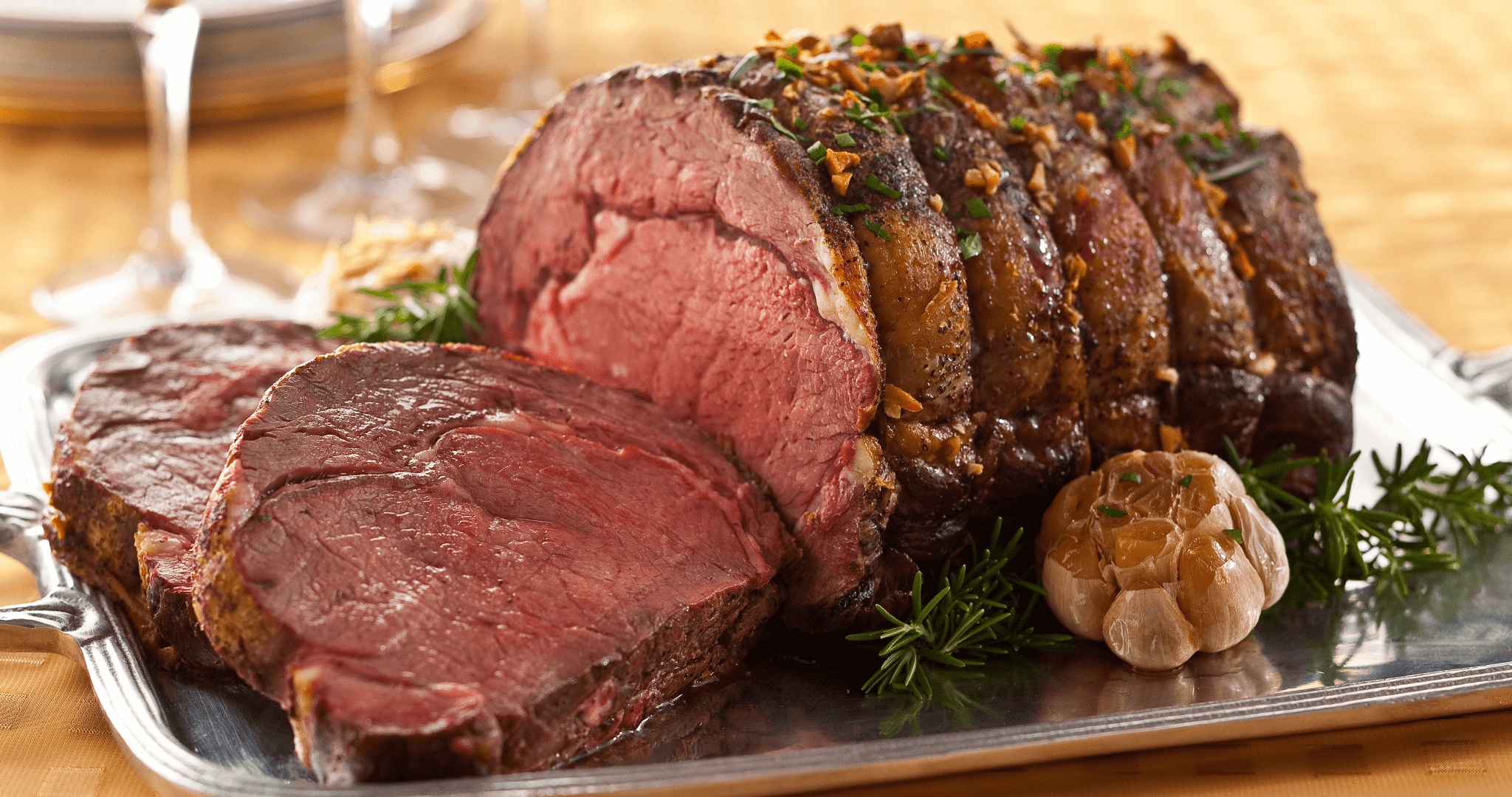
A Modern 1930s Christmas
By the 1930s, the Christmas dinner we know today was taking shape. Turkey had become the most popular centrepiece, often accompanied by bread sauce. Some, especially in wealthier households, still enjoyed roast goose. Starters included tomato soup, lobster au gratin, orange salad, and celery surprise. Christmas pudding remained a favourite dessert, now accompanied by brandy butter. Cold buffets also gained popularity alongside hot dishes. For the Courtaulds and others of means, cocktails like the sidecar, Champagne punch, and eggnog added a touch of sophistication to the festivities.

As we celebrate this Christmas, we invite you to share your family traditions and favourite holiday dishes. The tapestry of British Christmas dinners is rich and ever-evolving, shaped by centuries of history, culture, and culinary innovation. Cheers to a joyous and festive season!

